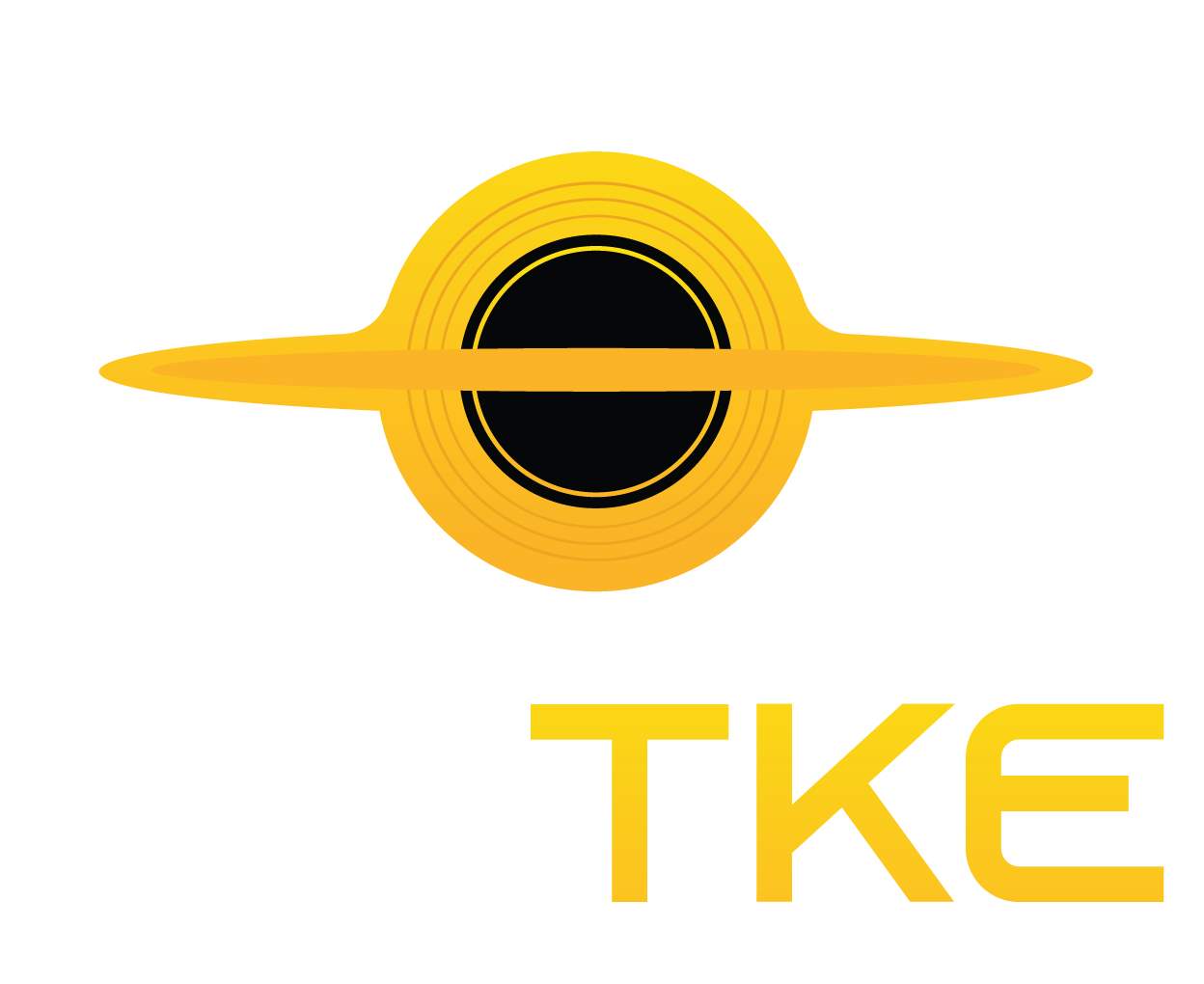Hyundai’s New Hydrogen SUV Offers 435 Miles of Range and 1-Ton Towing

Hyundai Motor Company
Hyundai has unveiled its second-generation Nexo SUV in South Korea, featuring a fresh design, improved range, and, for the first time in the FCEV category, towing capability.
Surprisingly, Hyundai has been producing the hydrogen-powered Nexo since 2018. The latest model offers a 435-mile (700 km) range with just a 5-minute refuel—an improvement over the 2023 Nexo’s 414 miles (666 km). It’s also more powerful, delivering 255 hp (a 74 hp increase), enabling a 0-60 mph (0-100 km/h) time of 7.8 seconds.
I love the sleek, futuristic design updates, especially in the front fascia and lighting. The standout features include slim rectangular headlights flanking Hyundai’s signature 4-dot lights.
High-Tech Comfort and Convenience in the Cabin
Inside, the cabin is well-equipped with fully reclining front seats featuring leg rests. A driver-centric 12-inch display, dual wireless charging pads, a digital center mirror, side mirrors, and front and rear dash cams enhance convenience. The SUV also comes loaded with advanced driver assistance features.

Hyundai Motor Company
Increased Space and Towing Capacity in the New Nexo
The latest Nexo is now taller and wider, offering nearly 1,000 liters of cargo space along with more headroom and legroom in the second row. It also boasts a towing capacity of up to one ton, making it capable of hauling a small trailer.

Hyundai Motor Company
That’s all well and good, but I’m curious how Hyundai envisions the future of its FCEV business as battery electric vehicles continue to dominate the global market. In the U.S., only three hydrogen models are available—from Honda, Toyota, and Hyundai—and refueling infrastructure remains scarce, with fewer than 60 stations, all located in California.
Fueling Challenges and Subsidies for Hyundai Nexo Owners
Adding to the challenge, Hyundai has committed to subsidizing up to $15,000 in fuel credits over six years of ownership. And when it comes to refueling, careful trip planning is essential—each station can serve only about five vehicles before requiring a 30-minute repressurization downtime.

Hyundai Motor Company
South Korea is in a better position, despite being just a quarter the size of California. The country reportedly has 400 hydrogen fueling stations, with plans to expand to 1,200 by 2040. However, reliability remains an issue—a September 2024 report found that nearly half of the existing stations had experienced breakdowns since 2022, resulting in over a thousand days of downtime in the past three years.
The previous Nexo was priced around $62,000, and the new model is likely to cost at least that much. That puts it in competition with numerous luxury electric and gas-powered SUVs, such as the Volvo EX30, Genesis GV80, Cadillac Lyriq, and even Hyundai’s own EV9. Choosing a hydrogen vehicle requires a strong commitment to the technology. While Hyundai deserves credit for pushing forward with FCEVs, keeping them viable will be an uphill battle.
Read the original article on: New Atlas
Read more: Hyundai’s Three-Row Ioniq 9 EV is Designed with Comfort as a Top Priority










